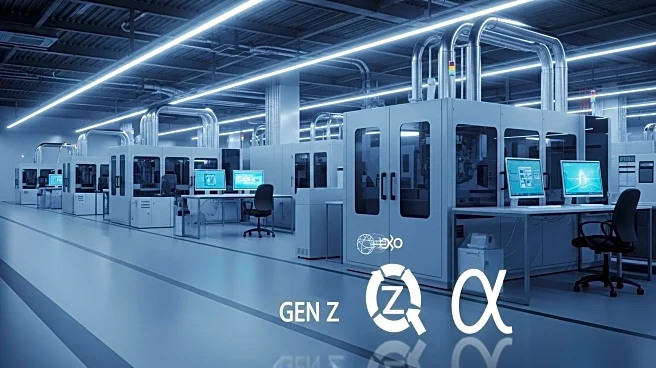What's Happening?
The landscape of workplace benefits is undergoing significant changes as Gen Z enters the workforce in greater numbers, surpassing baby boomers. According to a study by EY and LIMRA, employers are increasingly recognizing the need to adapt their benefits offerings to meet the expectations of a multigenerational workforce. The study surveyed 800 U.S. employers and 2,000 workers, revealing that 84% of employers view benefits as essential for attracting talent. However, rising medical costs and compliance demands are challenging the scalability of these benefits. Gen Z, born between 1997 and 2012, is driving demand for wellness, flexibility, and financial security benefits, including emergency savings programs and mental health support.
Why It's Important?
The shift in workforce demographics, with Gen Z and millennials becoming the dominant groups, is prompting employers to rethink their benefits strategies. This change is crucial for maintaining competitiveness in talent acquisition and retention. Employers who fail to adapt may struggle to attract and retain younger employees who prioritize wellness and financial security. The demand for personalized benefits is also pushing companies to leverage digital tools and AI to offer tailored solutions. This evolution in benefits could lead to increased innovation in the industry, as companies seek to meet the diverse needs of their employees.
What's Next?
Employers are expected to continue expanding their benefits offerings, with a focus on wellness and flexibility. The integration of digital tools and AI will play a significant role in personalizing benefits and improving employee experience. As the regulatory environment becomes more complex, companies may increasingly outsource benefits administration to third-party providers. The ongoing consolidation in the brokerage industry could impact local innovation, potentially opening opportunities for general agencies and professional employer organizations to gain market share.











